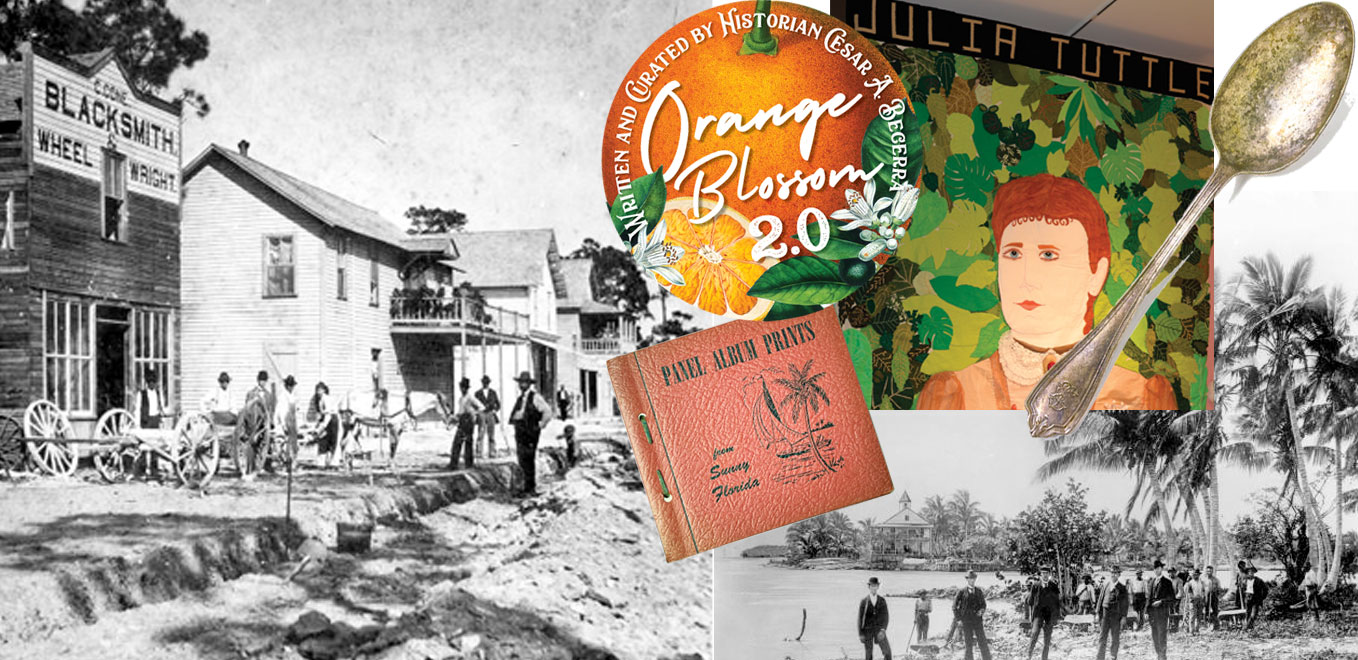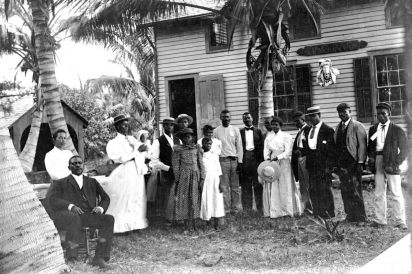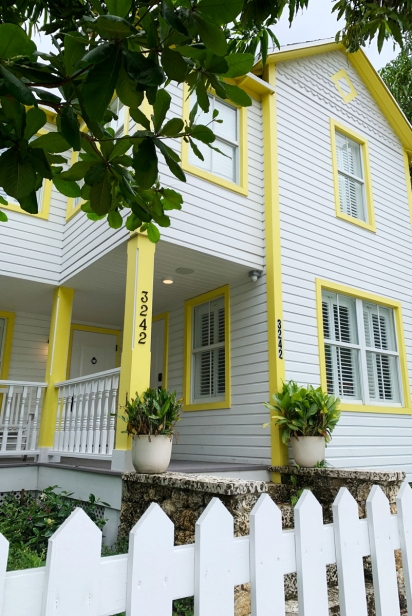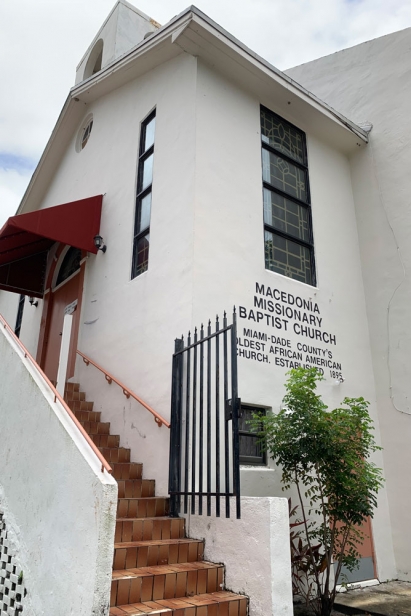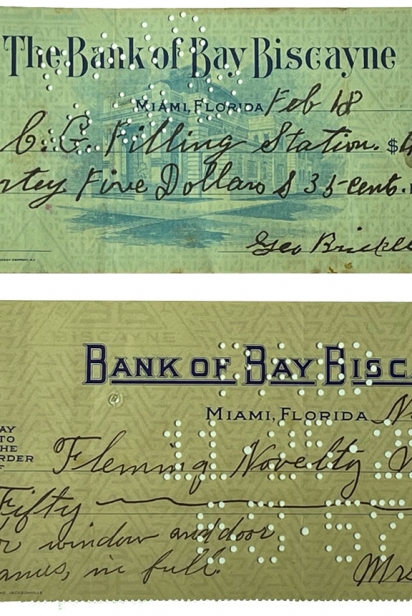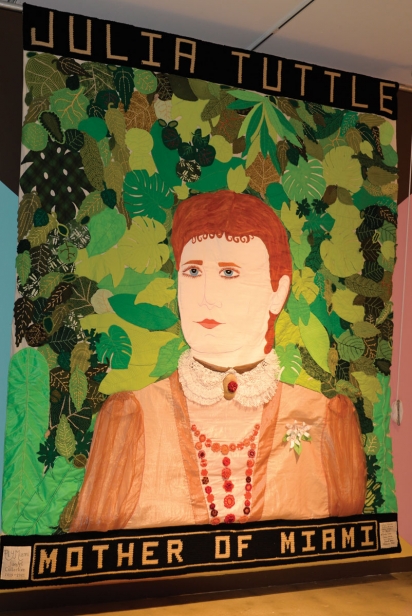Happy 125th Anniversary, Miami!
From July 26 through July 31, the City of Miami is pulling out all the stops for its 125th birthday. Through events and programs, you can find out how Miami went from a sleepy outpost in 1896 to become a vibrant, cosmopolitan city like no other.
Celebrate!
Miami Innovation Luncheon – Mon., July 26, noon-3pm
Rusty Pelican, 3201 Rickenbacker Causeway
NFT Workshop and Local Artists Spotlight – Tues., July 27, 3pm-5pm
Bakehouse Art Complex, 561 NW 32 St.
City of Miami 125th Anniversary Celebration – Wed., July 28, 6:30-11pm
Perez Art Museum Miami (PAMM) 1103 Biscayne Blvd.
Community Summit – Thurs., July 29, noon-2pm
Red Rooster Overtown, 920 NW 2 Ave.
A Tale of Two Houses | Vizcaya + Deering Estate – Fri., July 30, noon
Facebook Live
Little Havana Fridays – Fri., July 30, 6pm-10pm
Domino Park Plaza, 801 SW 15 Ave.
Coconut Grove Heritage Day – Sat., July 31, starts at 10am
Throughout Coconut Grove
Visit mia125.org for the latest.
Be Part of a Living History Parade through Coconut Grove on Grove Heritage Day!
Founded in 1873, well before the city of Miami was incorporated, Coconut Grove is a rich tapestry of history, culture and tropical beauty in a picturesque, walkable area on Biscayne Bay. On Grove Heritage Day, Sat., July 31, you can experience its multicultural offerings through an interactive tour that starts in the West Grove and ends up at the Women’s Club on South Bayshore.
“It’s a movable feast through time, moving through the streets,” says Cynthia Seymour of the Coconut Grove Business Improvement District. “Instead of watching the parade, you are the parade.” Expect people dressed in period attire, local artisan food and drinks, music, crafts and more as part of this fun new tour.
Tour Historic Grove Churches
The morning starts by highlighting the some of the iconic churches in the West Grove, starting with the Macedonia Missionary Baptist Church of Miami (3515 Douglas Rd.), one of the oldest African American churches in Miami, established in 1895. The tour continues along then continues on Charles Avenue, once known as Evangelist Street, where the Bahamian community settled in the late 1800s, and to St. James Baptist Church, founded in 1896. Other stops include the Mariah Brown House, built around 1890 by one of the Grove’s first African-Bahamian residents, and the two-story E.W.F. Stirrup House, whose owner built more than 100 houses here, giving newly arriving Bahamians the chance to buy their first home.
Next stop: the parking area at the Coconut Grove Playhouse for a special market with local artisan foods, carefully curated arts and crafts. Across the street is The Barnacle Historic State Park, where you’ll walk through a native hammock until you reach the 1891 home and boathouse of local pioneer Ralph Middleton Munroe. Back on Main Highway, you’ll head north to McFarlane and end up at the Coconut Grove Women’s Club, originally organized as the Housekeepers Club of Coconut Grove. Designed by Walter De Garmo, the 1921 clubhouse is made from native oolitic limestone and was the social and cultural center of the community – and, fittingly, still is, serving cocktails and refreshments at the end of the tour.
Coconut Grove Heritage Day is Sat., July 31
For details, visit coconutgrove.com
Learn About Mary Brickell!
Today, Brickell is a big, flashy, expensive condo canyon and Miami’s financial district. But nearly 150 years ago, the bayfront land was wilderness, some of it owned by Mary and William Brickell. Mary became the first female real estate agent in Miami. Should she share the city founder title with Julia Tuttle?
For more than 25 years, historian Cesar A. Becerra has been researching the lives of the Brickells. For the intrepid pioneers, who met each other in Australia, “Miami represented their last adventure,” says Becerra.
His book, Orange Blossom 2.0, explores Mary Brickell’s life and legacy. With the help of designer Cindy Seip and more than a dozen collectors, Becerra has also created a “time capsule” of the city, actually a crate featuring his book and an assortment of authentic artifacts, including:
• Vintage-looking crates secured by Robert Is Here
• One vintage Tequesta magazine form the 1940s or 1950s
• A historic postcard of Miami
• A silver-plated fork, knife or spoon from a hotel
• A piece of a plat map of Miami from 1924Proceeds from the sale of the crate aid public projects such as the partial restoration of the Brickell map at FIU and the Mary Brickell deed at the downtown Miami-Dade Public Library, and conservation efforts at three historic African American cemeteries.ORANGE BLOSSOM 2.0 and the crate is available at SoFloWeird.
See Julia Tuttle Larger Than Life!
Julia Tuttle, the Mother of Miami, is stitched up in a colorful collage, lovingly rendered by textile artists in a huge portrait that hangs in the History Miami Folklife Gallery. Tuttle is pictured emerging from a jungle in a multi-layered, textural fiber art collage made of knitted, quilted, stitched, crocheted and embroidered components.
“Textiles are traditionally women’s work,” says Pamela Palma, founding director of PLY-Miami Fiber Art Collective. “[Tuttle] founded a city in 1896 and could not even vote for its passage.”The community project almost didn’t happen because of the pandemic put everything on pause, she says. But she and her textile artists reduced the size, added different components. “A white orange blossom is pinned to her bodice as she beckons, ‘Come Henry, bring us your railroad.’”
Julia Tuttle: The Mother of Miami is part of It’s a Miami Thing at History Miami from July 29-Jan. 9. The collection includes unearthed Tequesta artifacts from 800 A.D., Seminole patchwork clothing, prints from naturalist John James Audubon’s Birds of America, treasure salvaged from the 1622 Nuestra Señora de Atocha shipwreck, and a cape from the late astrologer Walter Mercado. Find out more at History Miami.


